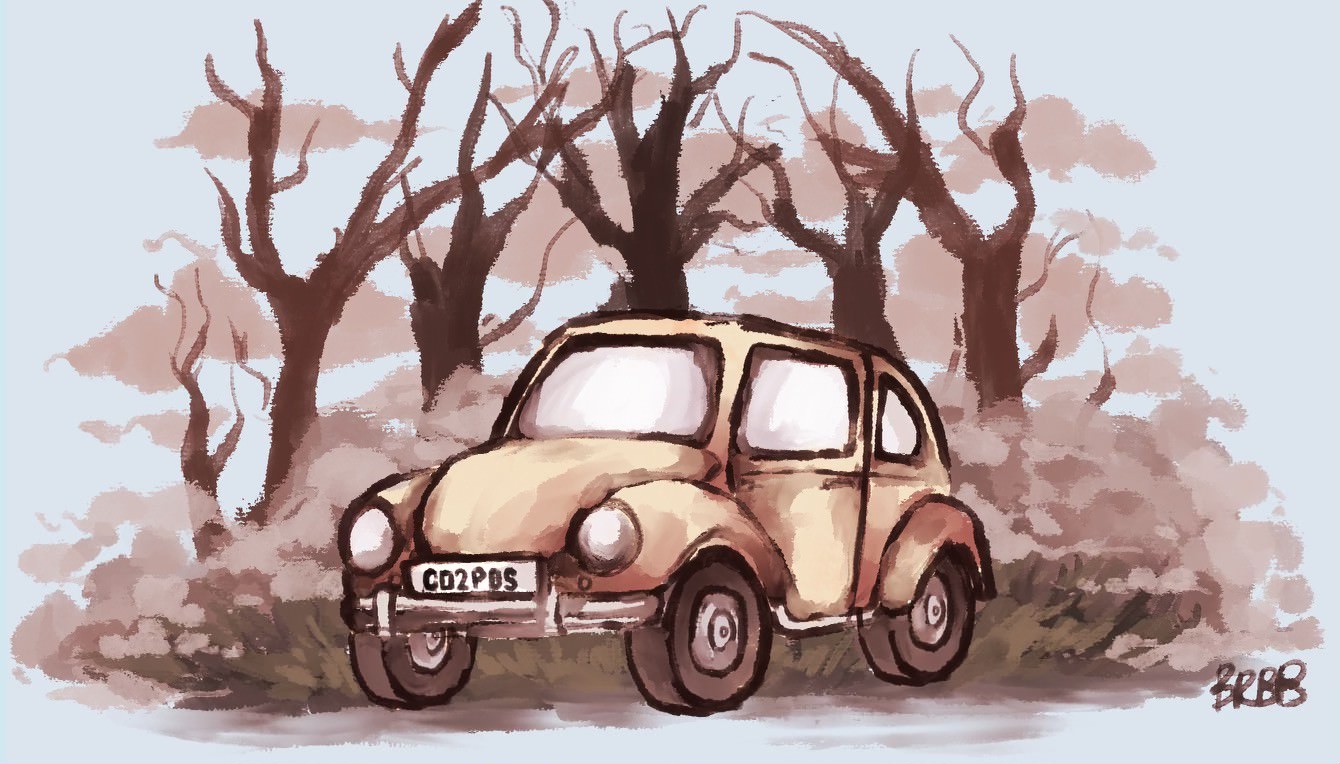Climate change is the largest issue facing humanity. It’s easy to disregard its existence, or claim it’s not caused by humans, or fall into the trap of thinking that we can’t do anything about it. All of those are false. Although most major changes, such as carbon caps, have to be implemented by the government, there are things all of us can do.
Part of the issue is that climate change never feels imminent or dangerous. We consider it to be something in the far future, something that only comes up in the occasional hurricane or fire news.
However, the United Nations’ Intergovernmental Panel of Climate Change served a large wake-up call with a devastating report released in August.
The IPCC report goes into excruciating detail and science, about 1,300 pages of it, on the exact effects humanity has been having on the world and the consequences of those actions.
Overall, the message is hauntingly simple and sobering: Humanity is in trouble.
The IPCC report summary, conclusion A.1 says: “It is unequivocal that human influence has warmed the atmosphere, ocean and land. Widespread and rapid changes in the atmosphere, ocean, cryosphere and biosphere have occurred.”
Conclusion A.1.1: “Observed increases in well-mixed greenhouse gas (GHG) concentrations since around 1750 are unequivocally caused by human activities.”
Conclusions A.1.2 and A.1.3: “Each of the last four decades has been successively warmer than any decade that preceded it since 1850,” with a “best estimate” of 1.07°C increase since 1850-1900.
Note the definite nature of the statements, the use of the word ‘unequivocally.’ This is nothing new; it’s what has been described by previous researchers. The difference in this report is how clear it makes it. (Previous research has already spelled it out, what this one does is take a Sharpie and write it in big fat letters. And then underline it. Twice.)
The summary alone is about 41 pages. Besides the basics of rising temperatures and CO2 emissions, it covers everything from changes in the sea to historical climate change precedent to the consequences of warming, then concludes with how unusual and “unprecedented” these changes are.
The report also lays out possible futures, saying that “Global warming of 1.5°C and 2°C will be exceeded during the 21st century unless deep reductions in CO2 and other greenhouse gas emissions occur in the coming decades.”
If you are still hazy about whether you think human activity has led to global warming or if you don’t believe global warming is happening, please check out the report at the link here. It mostly speaks for itself.
Then, if you are convinced by the science, you may be feeling a bit defeatist about all of this. The report paints a picture of drastic consequences, with only slim possibilities of avoiding them.
However, all that means is that humanity needs to work harder. The amount we cut back our greenhouse gas emissions and increase carbon dioxide sequestration efforts will directly affect the temperature change we end up with a century from now.
We still have the power to turn this from a catastrophic 3°C increase to something more manageable, like under 1.5°C.
The report offers multiple models based on emission futures. There are some irreversible effects to our climate — sea level rise and temperature, for example — but most of the others can be fixed given the proper carbon-cutting measures.
The responsibility of enacting these measures falls mainly on lawmakers; they need to implement restrictions and limitations on emissions and wastefulness in our industries. Without government intervention, there’s little chance our companies and economy would rise to meet this issue over their own profit. (If you want more information on this, check out this Kurzgesagt video, released right after print publication of this editorial.)
And there is precedent for government intervention fixing a climate issue. When humanity started facing the problem of acid rain, caused by sulfates that factories were dumping into the air, then the government started setting strict caps. Factories cut down, even all cars were fitted with remarkably-efficient catalytic converters which reduced their emissions. Now, we barely register acid rain as an environmental problem because, for the most part, we fixed it.
You could say the same for the use of CFCs in aerosols that caused problems for the ozone layer. CFCs banned, hole in the ozone layer slowly repairing itself.
The biggest way we can help with this is to contact our legislative representatives. Science teacher Cade Grunst especially emphasizes this.
You can pick up the phone or send an email once a year to your local, state and federal representatives. Tell them you want climate change regulations enacted.
Most likely, an automated system will have you leave a message, and the number of people that call about certain issues will be tallied.
It seems like a small effort, but say if thousands of people called Congress to advocate for this, Congress would absolutely do something about it.
But what can we, Country Day and we as individuals, still do?
According to the president of the Environmentalist Club, junior Adam Akins, it’s very easy to get caught up in the perception that nothing you do can make a difference.
“Any attempt at conservation has small effects, especially in the people around you, in the way that it changes the culture,” Akins said. “If there’s a culture of saving, of being responsible, of not wasting, it will help change things long-term.”
Part of bringing that culture comes with education. Akins recommended learning about composting, recycling, sustainable farming, or just learning to reduce needless waste.
Climate change is covered in middle school by Grunst, but is not heavily focused on in the high school curriculum.
Adding another, more in-depth unit on sustainability and climate change to the ninth or 10th grade curriculum, be it in the history or science classes, or even adding an AP Environmental Science course, would be a way to better educate Country Day students and eventual adults on the matter.
Apart from education, Country Day can take steps toward lessening its carbon emissions. Because 25% of U.S. carbon emissions are from the power sector, according to the EPA, one option would be to retrofit the existing high school and middle school building roofs with solar panels.
This would be an investment that would not only pay for itself in the long-run but make a difference in our own carbon footprint.
As individuals, we also can consider using solar panels for our own homes. Depending on the property, you can greatly lessen your electricity bills or even get paid for excess electricity production.
Solar isn’t always feasible, though, and those whose electricity is provided by the Sacramento Municipal Utility District have an even better option. SMUD offers a green energy program that lets you pay a flat $4 a month fee to get half of your electricity from renewable sources or $8 a month to get all of your electricity sourced renewably.
It’s really not a bad deal! For less than $100 a year, you can get all your electricity from clean sources. True, there’s no technical difference between your power and your neighbor’s in an aggregate electricity grid, but either way, the money is going to SMUD’s efforts to greenify its power. Very few utilities offer an opportunity like this, and this is one of the most effective ways to reduce your carbon footprint.
There are additional options for businesses, so Country Day should also look into joining the green energy program.
Another option is purchasing an electric vehicle. According to the Environmental Protection Agency transportation accounts for 29% of the U.S. carbon emissions, so this is a large area we can cut down on.
Electric vehicles have become much more economical and convenient in recent years. At this point, there’s little remaining advantage to traditional gas cars. Plus, you never have to repeatedly pay $100 dollars for gas again. It’s definitely something to consider if you’re making a new car purchase.
Even on the small scale, just reducing the amount of unnecessary things we buy will add up to a world where we’re better at moderation, better at managing our effect on the environment.
There’s always something, no matter how small, that we can do for our planet. The time to start fixing our world is now.
Originally published in the September 21 edition of the Octagon.





